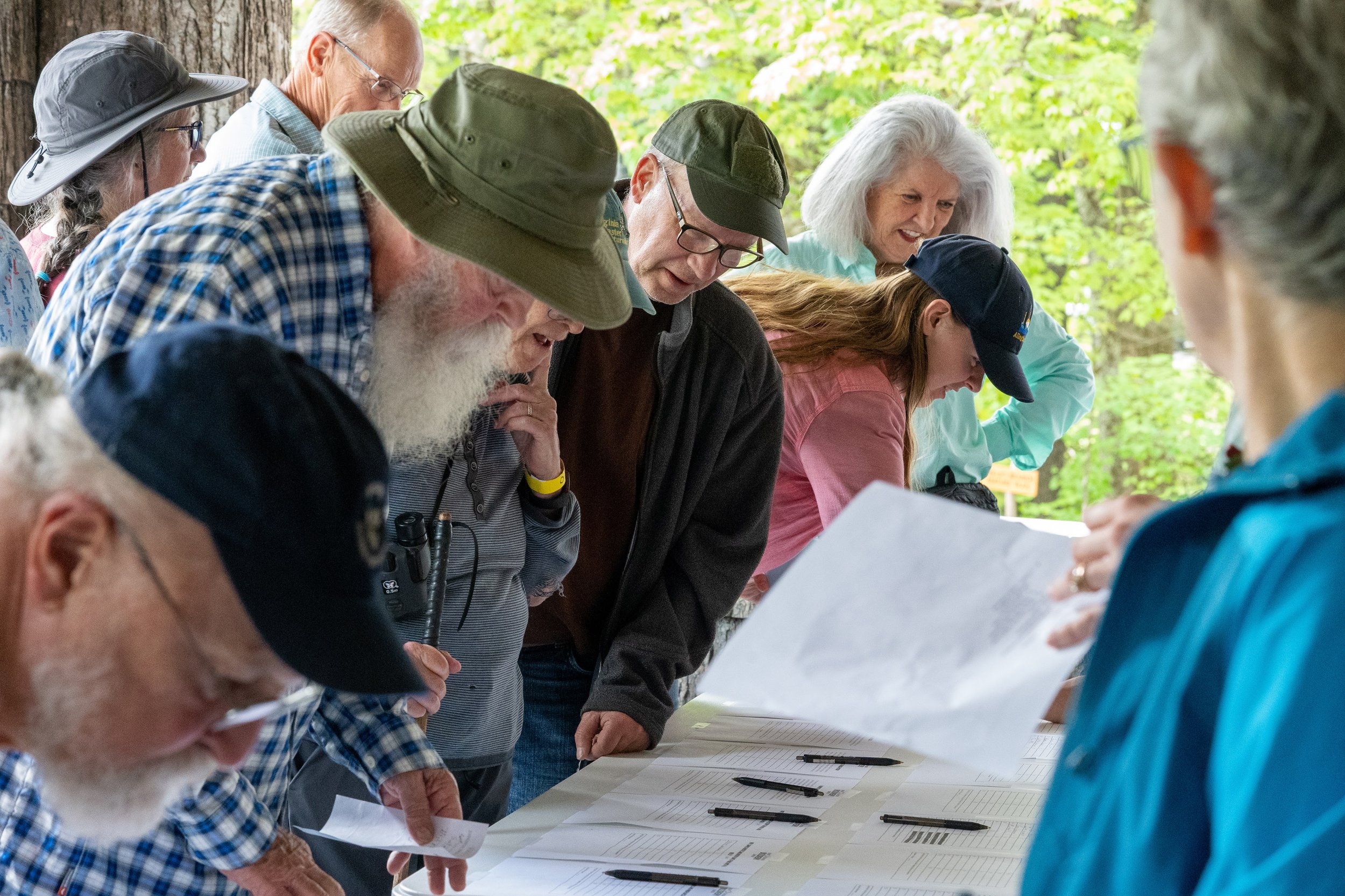

Wildflower Walk Recap
If you didn’t get a chance to join us on our wildflower walk last Sunday, here’s your chance to live vicariously through pictures! We saw Virginia Spring Beauties, Mayapples, Red Columbine, Jack-in-the-Pulpit, Wild Ginger, and Wake Robin (to name a few).

Mount Rogers Spring Naturalist Rally
All in all, the 49th annual Mount Rogers Spring Naturalist Rally was an inspiring weekend of sharing through exploration and discovery of the wonders of the Blue Ridge.